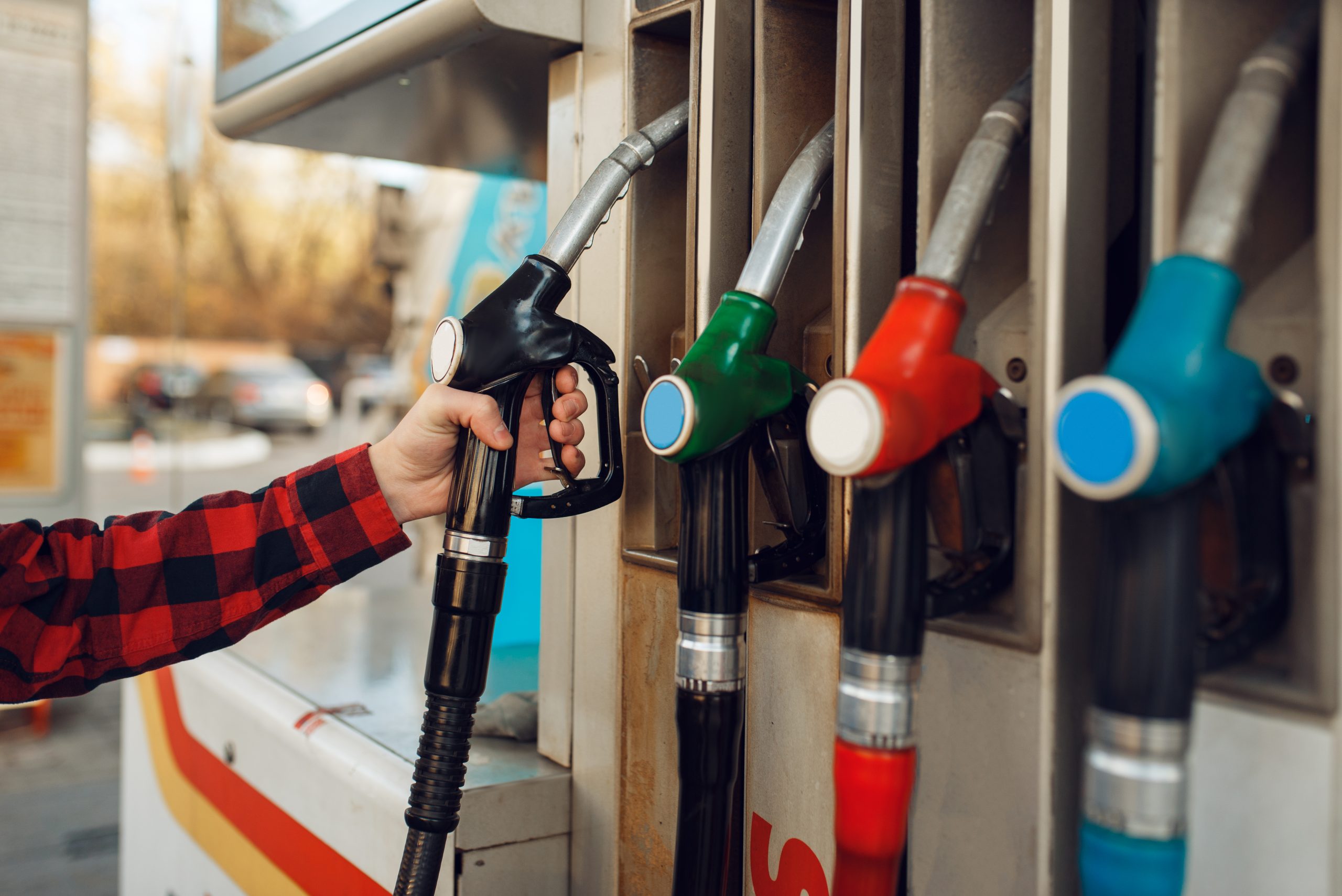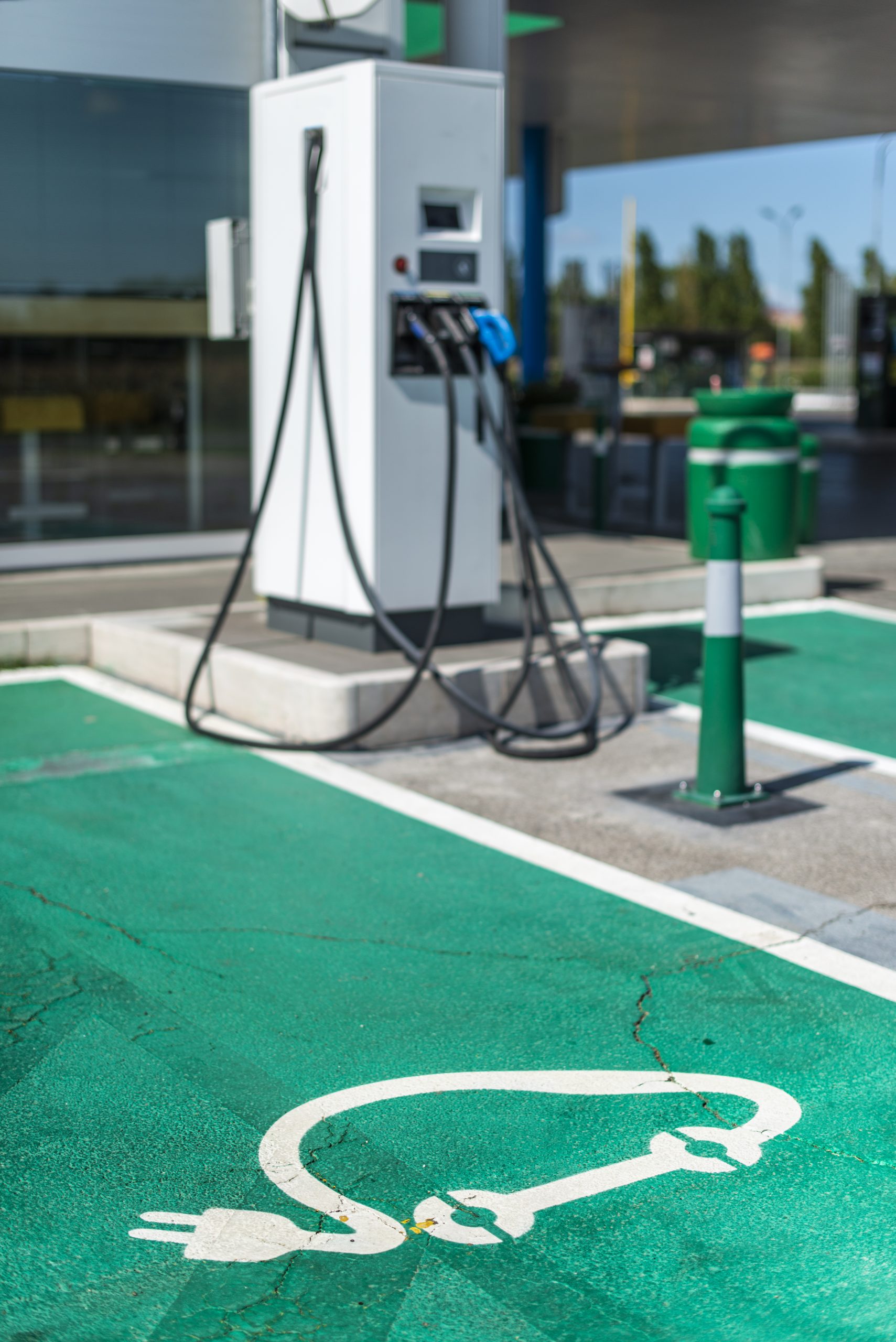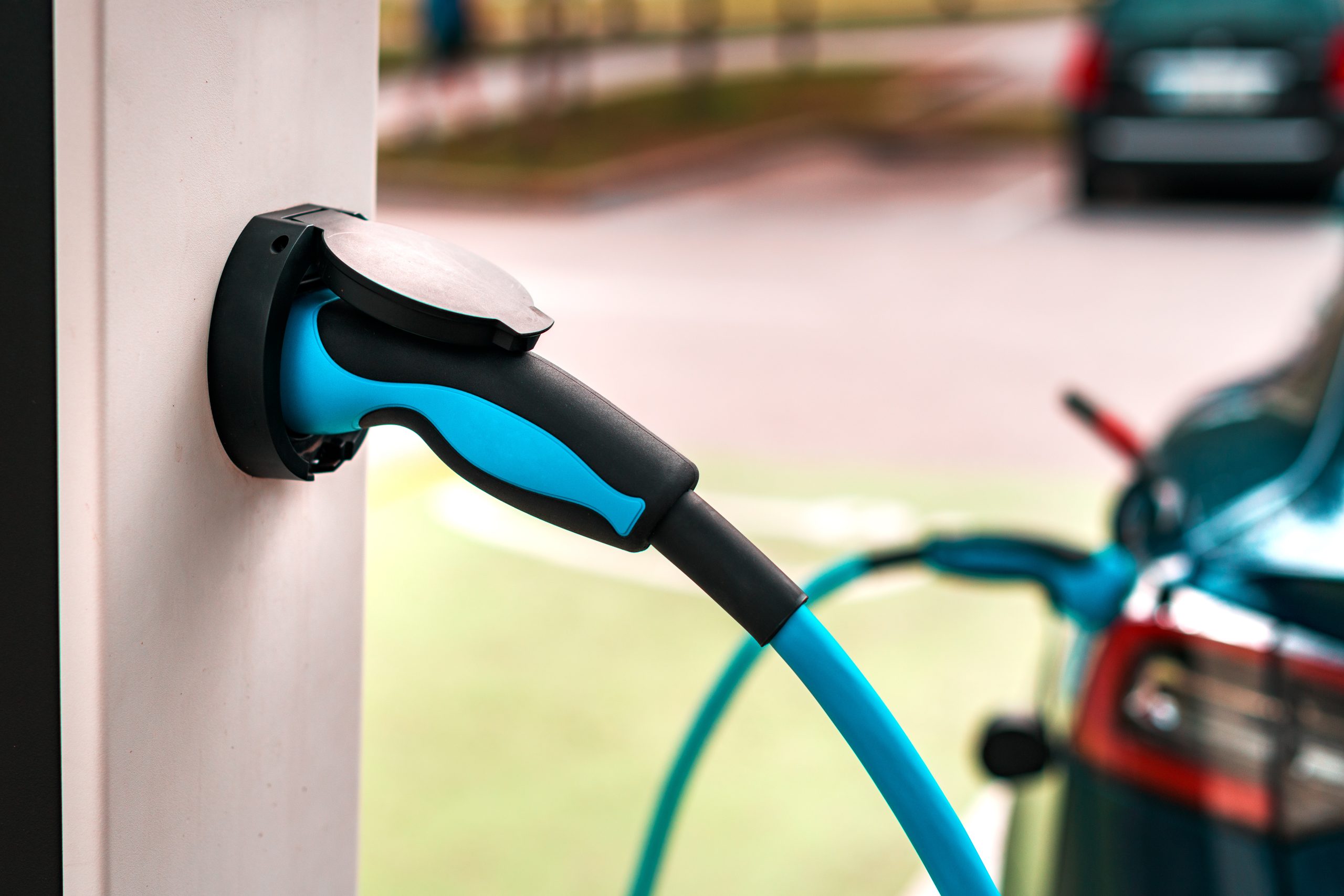Optimise your home charging by creating the best charing conditions
One of the most important factors to consider when charging an EV is the charging speed, which can be affected by several factors. These factors include battery capacity, charger power output, temperature, state of charge, and the electric vehicle model.
Battery capacity is a crucial factor that affects EV charging speed. The larger the battery capacity, the longer it takes to charge the vehicle. Charger power output is also important, as it determines how quickly the vehicle can be charged. The higher the charger power output, the faster the charging speed.
Temperature is another factor that affects EV charging speed. Cold temperatures can slow down charging times, while hot temperatures can cause the battery to degrade faster.
The state of charge of the battery is also important when it comes to charging speed. EVs draw power at a higher rate when they are between 20% and 80% charge, however when the battery is below 20% and over 80% the charge rate slows down.
Finally, the vehicle model can also affect charging speed, as different EV models have different charging capabilities. Understanding these factors can help EV owners make informed decisions about when and where to charge their vehicles, and can help ensure that they get the most out of their EVs.
Battery Capacity
The battery capacity of an electric vehicle is one of the primary factors that affect the charging speed. Generally, the larger the battery capacity, the longer it will take to charge. However, this can vary depending on the charging station’s power output and the vehicle’s charging capabilities.
For example, a 40 kWh battery can take around 6 hours to charge from 0% to 100% using a standard 7 kW home charging station. On the other hand, a 100 kWh battery can take up to 15 hours to charge using the same charging station.
It’s important to note that the charging time can vary depending on the vehicle model and the charging station’s power output. Some vehicles can charge faster than others, and some charging stations can provide more power output than others.
Here is a table showing the estimated time required to charge different battery capacities at different power outputs:
| Battery Capacity | Power Output | Charging Time |
|---|---|---|
| 40 kWh | 7 kW | 6 hours |
| 40 kWh | 50 kW | 1 hour |
| 100 kWh | 7 kW | 15 hours |
| 100 kWh | 150 kW | 45 minutes |
It’s important to consider the battery capacity when purchasing an electric vehicle, as it can greatly impact the charging time and overall convenience of owning an EV.
Charger Power Output
Charger Power Output is one of the most significant factors that affect the speed of EV charging. The power output of a charger is measured in kilowatts (kW). The higher the power output, the faster the charging speed. Most public chargers in the UK have a power output of 7kW or 22kW, while fast chargers have a power output of 50kW or more.
The power output of the charger determines the rate at which the battery can be charged. For example, a 7kW charger can charge a 40kWh battery from 0 to 100% in around 6 hours, while a 22kW charger can do the same in around 2 hours. On the other hand, a 50kW charger can charge the same battery from 0 to 80% in around 30 minutes.
It’s important to note that the charging speed may be limited by the vehicle’s onboard charger. For example, if a vehicle has a 7kW onboard charger, it won’t be able to charge at a faster rate even if it’s connected to a 22kW charger.
It’s also worth noting that the charging speed may vary depending on the charger’s power output and the vehicle’s battery capacity. For example, a 50kW charger may be able to charge a small battery faster than a large battery.
When it comes to home EV chargers, the speed is usually limited to 7.4kW as most homes are on a single-phase connection. Businesses and other sites which have a requirement for higher loads will more likely have a three-phase connection. These can charge at higher outputs and therefore faster rates.
Temperature
The temperature of the battery affects the charging speed of an electric vehicle. Batteries have an optimal temperature range for charging, and outside of that range, charging speed can be negatively impacted.
Charging speed begins to decrease at temperatures below 0°C and above 30°C. Beyond 45-50°C, the battery’s electronic components deteriorate more rapidly and a drop in charging performance is observed.
Charging speed is not the only concern when it comes to temperature. Extreme temperatures can also cause damage to the battery and reduce its overall lifespan. Therefore, it is recommended to avoid charging in extreme temperatures and to keep the battery within its optimal temperature range when possible.
Electric vehicle manufacturers have implemented various strategies to manage battery temperature during charging. For example, some vehicles have a battery thermal management system that regulates the temperature of the battery during charging. This helps to maintain optimal charging speed and protect the battery from damage.
State of Charge
The State of Charge (SoC) is the percentage of charge your EV’s battery has when you pull up to a charger. EVs draw power at a higher rate when the battery is less charged and slow down as it becomes more full. Therefore, if you arrive at the charger with a low SoC, your charging speed will be faster than if you arrive with a high SoC.
It is important to note that different EV models have different charging curves, meaning that some will charge faster at a lower SoC than others. For example, the Tesla Model 3 can charge up to 90% in just 37 minutes at a Supercharger station, while the Nissan Leaf takes around 60 minutes to charge to 80% at a 50 kW charger.
It is also important to consider the battery size of your EV when thinking about SoC. A larger battery will take longer to charge than a smaller one, even at the same charging rate. For example, a Tesla Model S with a 100 kWh battery will take longer to charge from 10% to 80% than a Model 3 with a 50 kWh battery, even though they both have the same charging rate.
In summary, the State of Charge is an important factor in EV charging speed. Arriving at a charger with a low SoC will result in faster charging times, but it is important to consider the charging curve and battery size of your specific EV model.
Vehicle Model
The type of electric vehicle also plays a role in charging speed. Different models have different charging capabilities, which can affect the speed at which they charge. Some models can handle faster charging speeds than others, so it’s important to know the charging capabilities of your specific vehicle.
For example, the Tesla Model S can charge at a rate of up to 250 kW, while the Nissan Leaf can only charge at up to 50 kW. This means that the Tesla Model S can charge much faster than the Nissan Leaf, all other factors being equal.
It’s also worth noting that some electric vehicles have larger battery capacities than others, which can affect charging speed. Vehicles with larger batteries may take longer to charge, even if they have a high charging rate, simply because there is more energy to be stored.
Ultimately, the charging capabilities of your electric vehicle are an important factor to consider when planning your charging strategy. Understanding the charging capabilities of your vehicle can help you make informed decisions about when and where to charge, and how long it will take to get back on the road.








